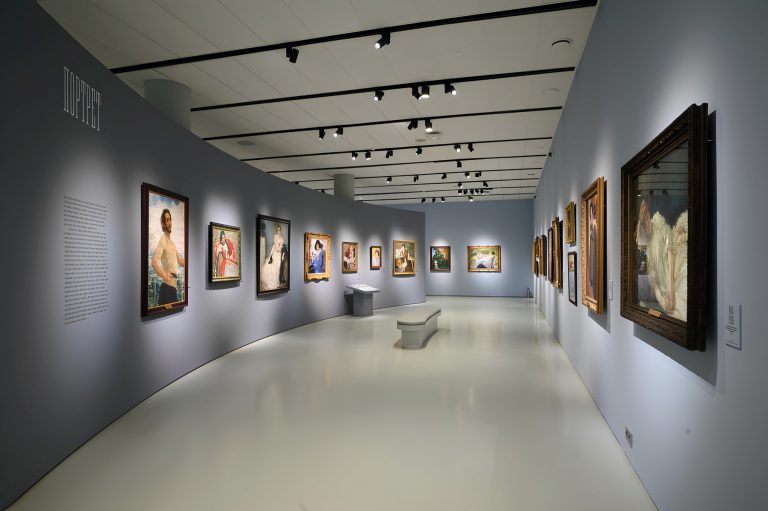The upcoming 2023 is the Year of the Black Water Rabbit according to the Chinese Zodiac. However, other Oriental cultures, such as the Vietnamese and Nepalese, replace this animal with the Cat.
Rabbit Lives on the Moon
Let’s go back to the roots and try to understand the symbolism of rabbits in Chinese art. One of the most common iconographic images is that of a Moon rabbit named Yùtù (which literally means “moon rabbit”). Yùtù is portrayed holdinga mortar and pestle, making the elixir of immortality. According to the legend, the creature has long lived on the Moon by the will of the Jade Emperor.
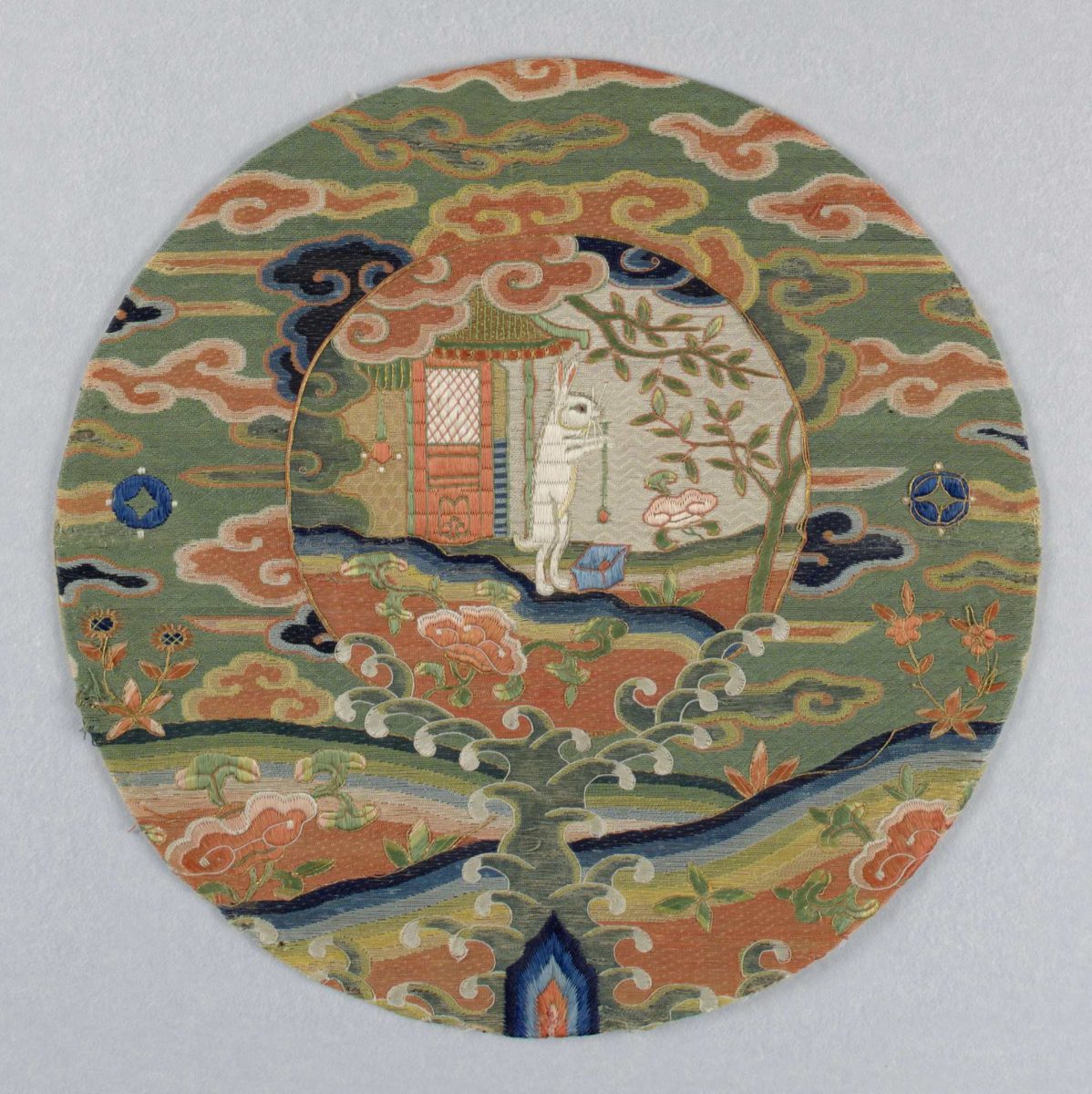
Rabbit Scares the Samurai
The Japanese, whose culture had always been influenced by the Chinese, embraced the legend of the Moon rabbit and now honor it during the New Year holidays. Another representation of the rabbit is the calendar by Utagawa Kuniyoshi featuring 12 zodiac animals, one on each of its pages. Here, the rabbit takes the form of a helmet crowning the head of Shinozuka Iga-no-kami, a legendary warrior. The real samurai, especially those who were familiar with Chikubushima — a Noh play featuring “the moon rabbit frolicking on the waves” — also wore such helmets.
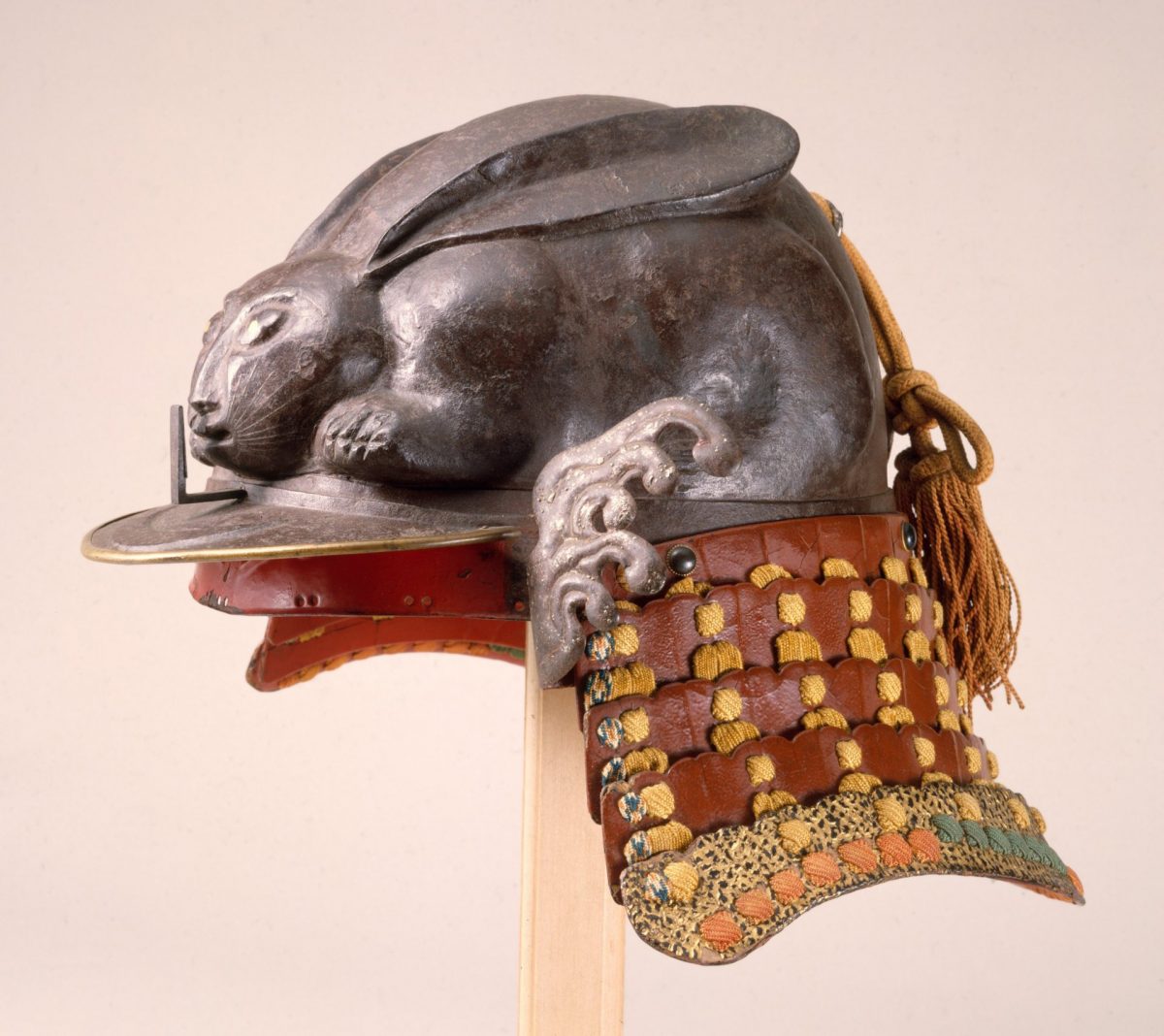
Rabbit is Always Late
This rabbit is a purebred Englishman. His notorious lack of punctuality — something that belies the proverbial British trait — was inspired by the locals: Lewis Carroll took note of this trait in his Oxford colleagues. The most famous portrayal of the White Rabbit is the one created by Sir John Tenniel for the first edition of “Alice in Wonderland” in 1866.
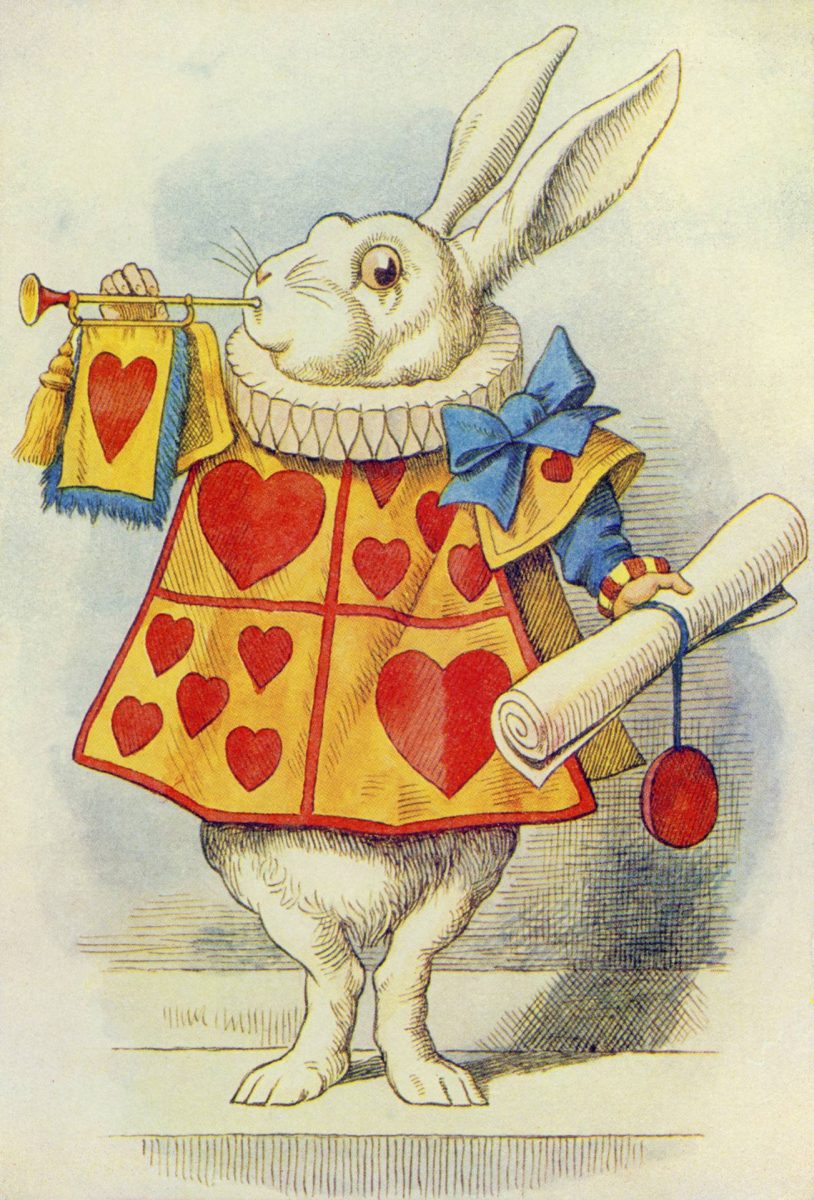
Cat is Around the Courtesans
There are not many depictions of cats in traditional Chinese art. By contrast, Japan adores its cats, who first came to the country about 1,000 years ago. They regularly appear in ukiyo-e prints, accompanying beautiful women and serving as an attribute of luxury. The Japanese also liked drawing tigers, whom they knew from Chinese books only — that’s why tigers in Japanese art often look like bigger housecats!
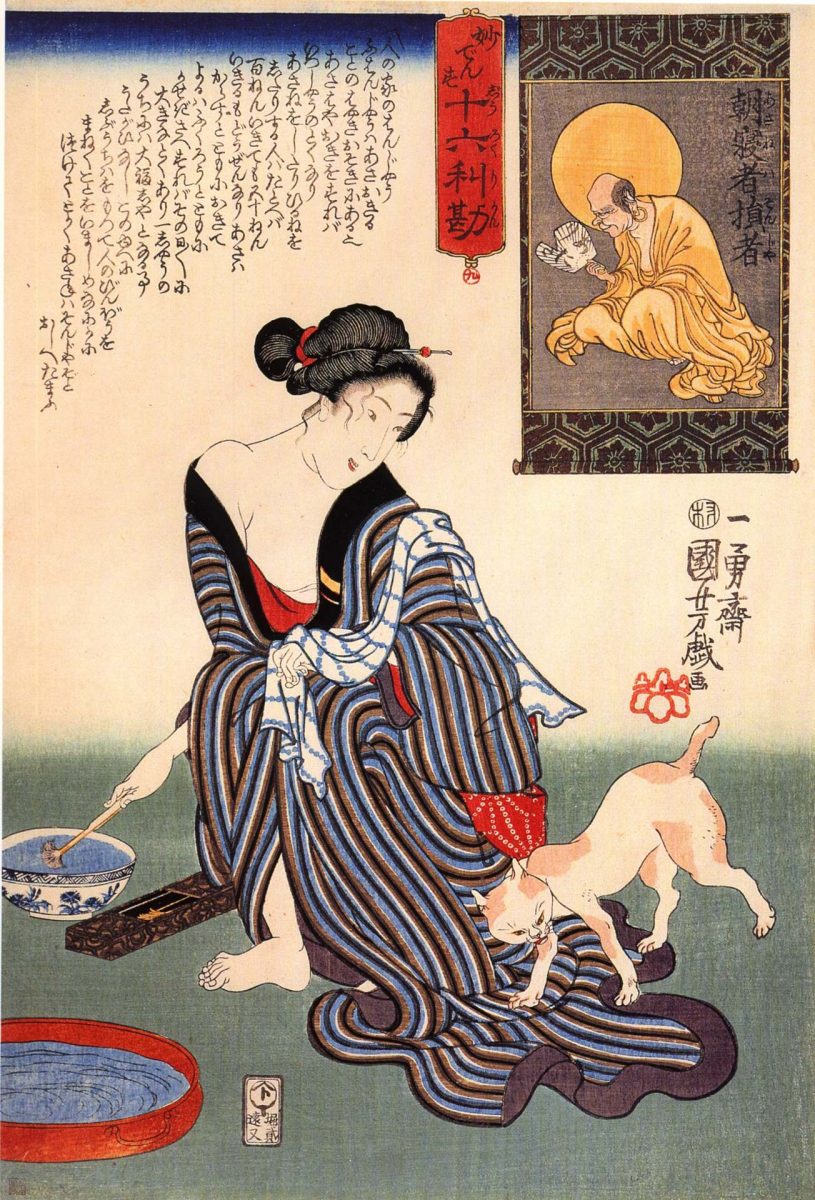
Cats in Service of Cardinal Richelieu
Cardinal Richelieu was a great cat-lover. History well-preserved the names of his pets: one of them was referred to as Serpolet because he enjoyed basking in the sun. Ludovic le Cruel was a first-rate destroyer of rats while the Gazette poked her nose everywhere. Pyramus and Thisbe got their names of Ancient Greek lovers since they would sleep, embracing each other with their paws. What is more, the coal-black cat was called Lucifer, quite a weird pet name for the principal clergyman of France.

Cat is Going into Space
Kenji Yanobe, a contemporary Japanese sculptor, apparently shares his people’s great love for cats. For decades, Yanobe has been creating statues of giant cats in spacesuits, robot cats, and cats with Geiger counters all over the world. His works remind us that these animals have been human companions since the dawn of time, helping to deal with rodents, disease, and sadness alike.
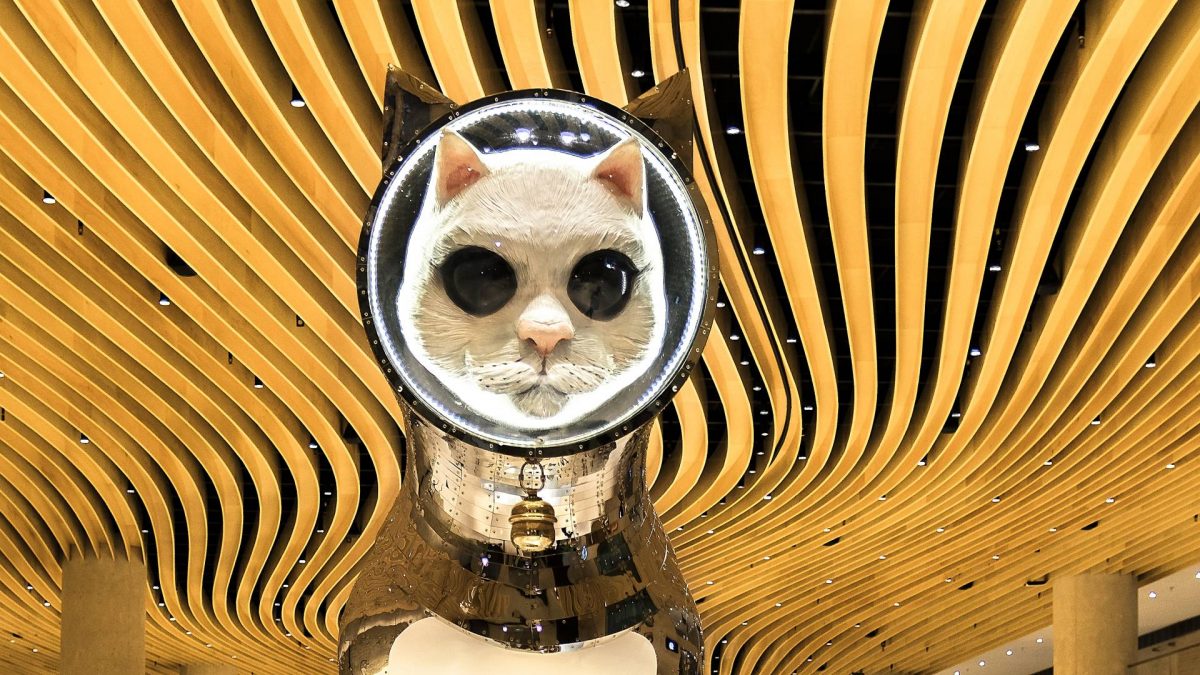
Photo: alaintruong.com, es.visiontimes.com, metmuseum.org, 1000museums.com, Petrusbarbygere/commons.wikimedia.org, twitter.com, flickr.com


